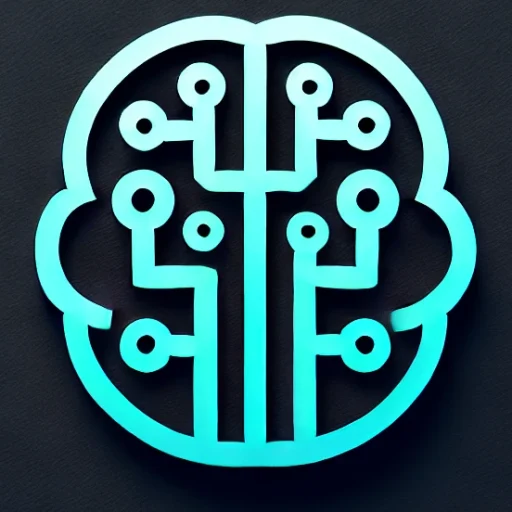
The Rise of Generative AI: Transforming Industries and Society
Generative AI, a cutting-edge subset of artificial intelligence capable of creating text, images, music, and more, is radically transforming a multitude of industries. This revolutionary technology has emerged as one of the most significant and impactful topics in AI and computing today. With rapid advancements and widespread adoption, generative AI is shaping new paradigms and influencing how we think about creativity, automation, and problem-solving.
Key Insights & Latest Advancements
Generative AI primarily leverages deep learning models such as Generative Adversarial Networks (GANs) and Transformer architectures. A standout development is the advent of large language models like OpenAI’s GPT (Generative Pre-trained Transformer) series and Google’s BERT (Bidirectional Encoder Representations from Transformers). These models have demonstrated unprecedented capabilities in understanding and generating human-like text, pushing the boundaries of natural language processing.
Recently, text-to-image models like DALL-E and Midjourney have showcased the power of AI in generating high-quality, imaginative images from textual descriptions. These advancements not only highlight the potential for creative industries but also underscore the versatility of generative AI applications across various sectors.
Real-world Applications
Generative AI is making significant inroads into creative fields such as art, design, and media. Artists and designers are using AI to conceptualize and create artwork, while media companies are leveraging it to generate content and automate routine writing tasks.
Beyond creativity, industries like healthcare, finance, and telecommunications are harnessing the technology to optimize processes and develop innovative solutions. In healthcare, for instance, AI-generated molecular structures are accelerating drug discovery and development. In finance, AI is assisting in fraud detection and quantitative analytics, while telecommunications firms utilize AI to enhance customer service through intelligent chatbots and personalized recommendations.
Challenges & Future Outlook
Despite its impressive capabilities, generative AI faces several challenges. Ethical concerns regarding bias, misinformation, and the potential misuse of AI-generated content are prominent issues. The ability of generative models to produce deepfakes—realistic but fake media—is raising alarms about truthfulness and authenticity in digital media.
Additionally, there is a growing need for transparency in AI-decision processes and a robust framework for regulation and governance to ensure responsible use. Addressing these challenges is essential to maximizing the positive impact of generative AI and mitigating risks.
Looking forward, the future of generative AI is promising. Emerging models continue to become more sophisticated, efficient, and adaptable, bringing forth opportunities for unprecedented innovation. As industries increasingly adopt AI-driven solutions, the scope and potential of generative AI will likely expand, driving significant economic and societal change.
Conclusion
Generative AI stands at the forefront of technological innovation, offering transformative capabilities across various domains. From art and entertainment to critical applications in healthcare and finance, its influence is vast and growing. As we navigate the challenges of ethics, transparency, and governance, the potential for generative AI to reshape our world remains immense. Embracing this technology responsibly will be key to unlocking its benefits and paving the way for a future where AI enhances human creativity and capability.
In conclusion, as generative AI continues to evolve, it is essential for stakeholders to engage in meaningful dialogue and collaboration to harness its full potential while addressing related challenges. This path forward ensures that generative AI not only complements but also elevates human endeavors, leading to a more innovative and efficient future.

